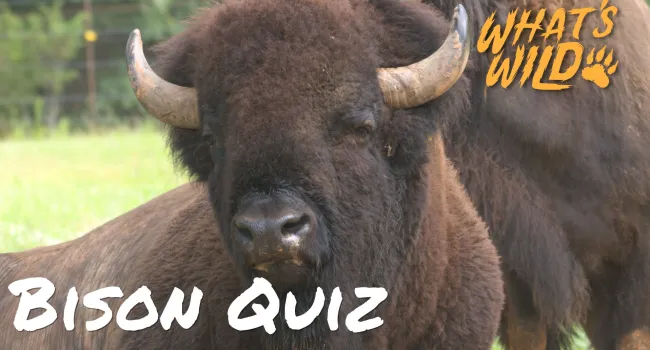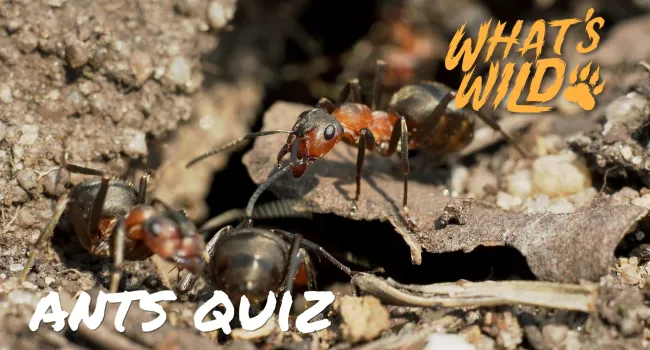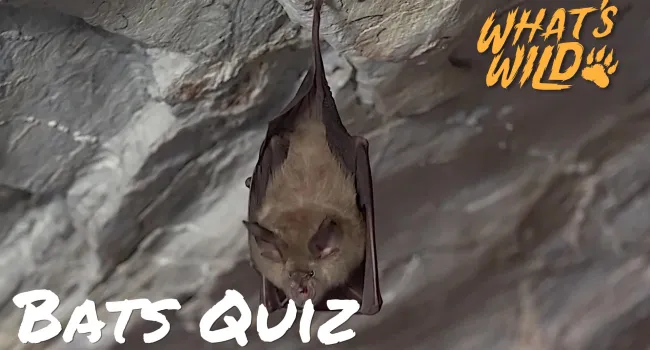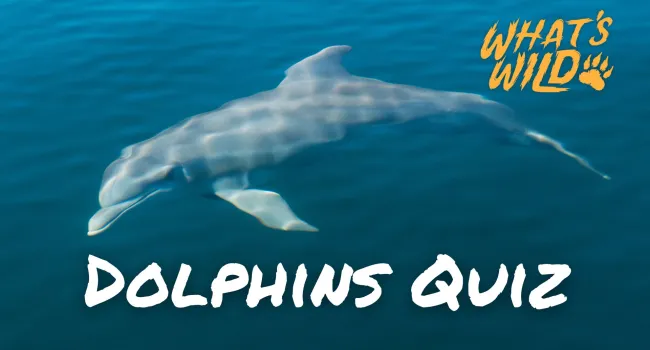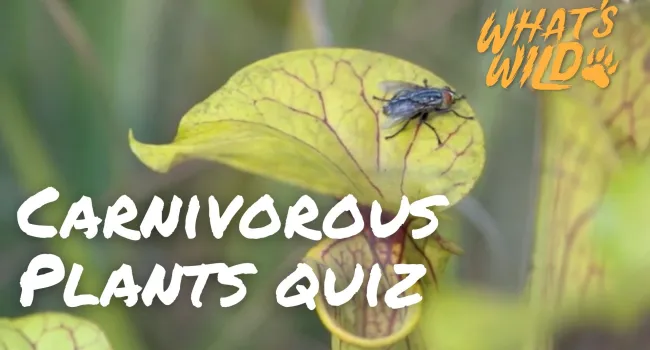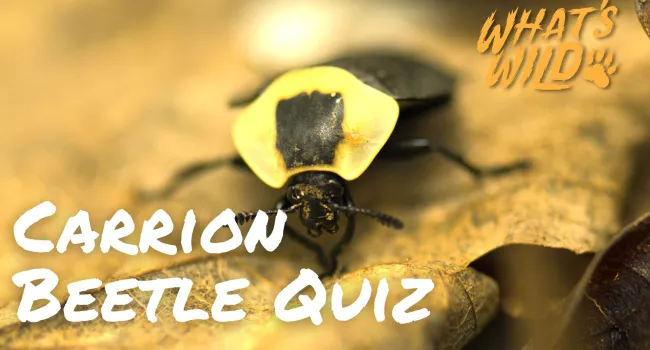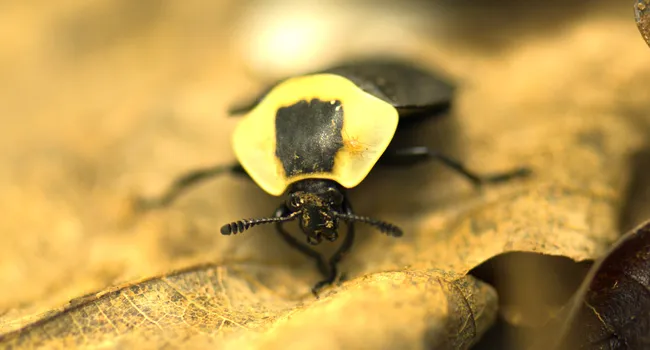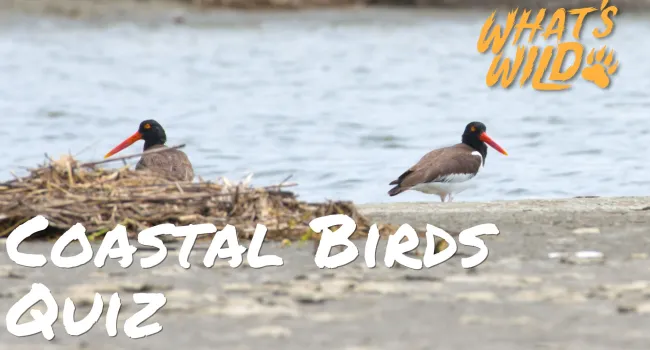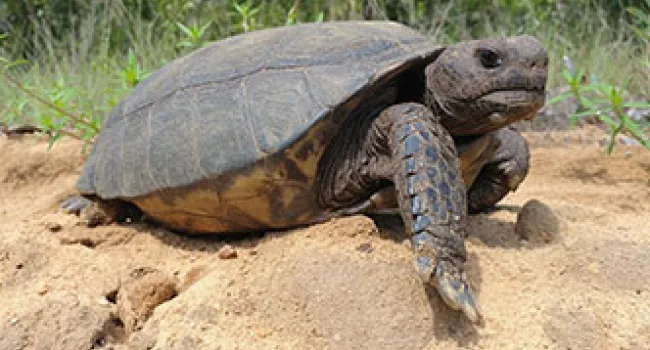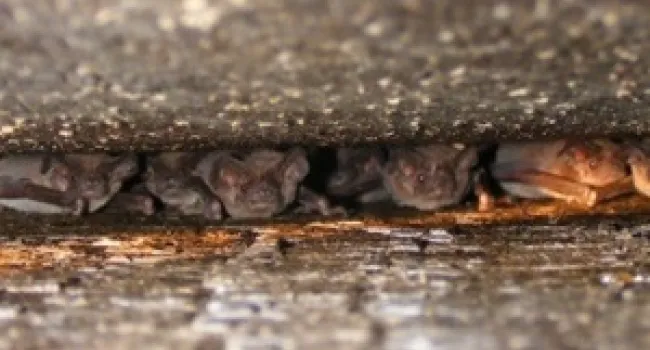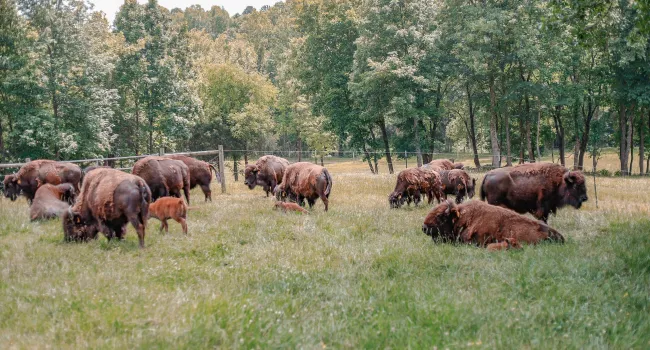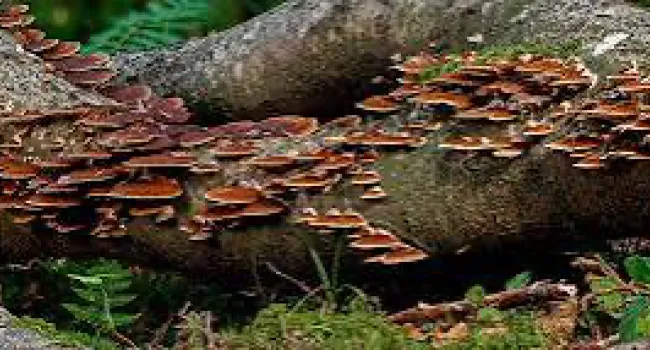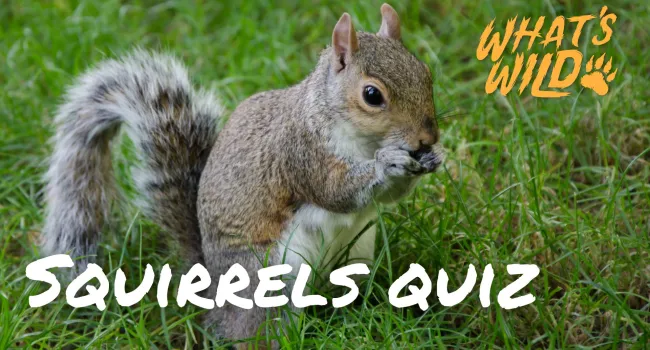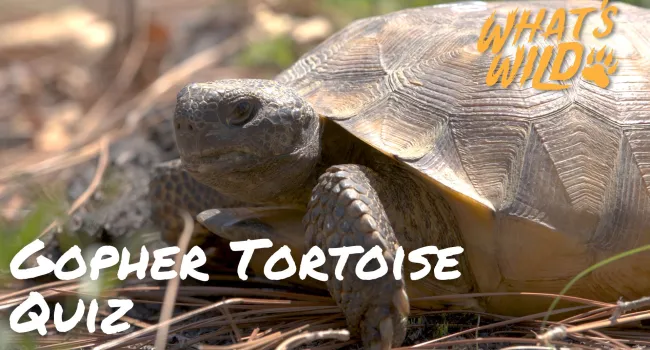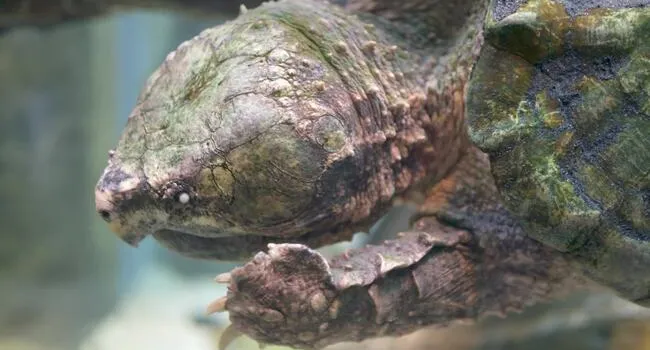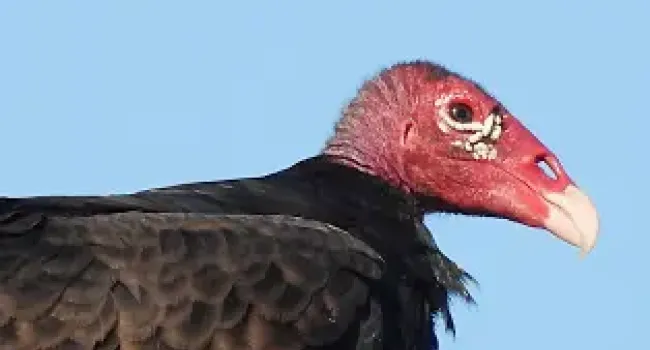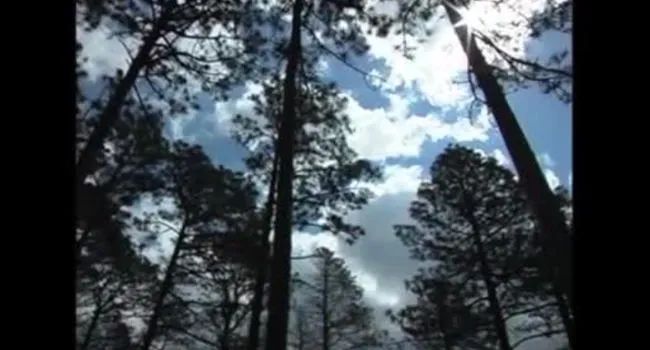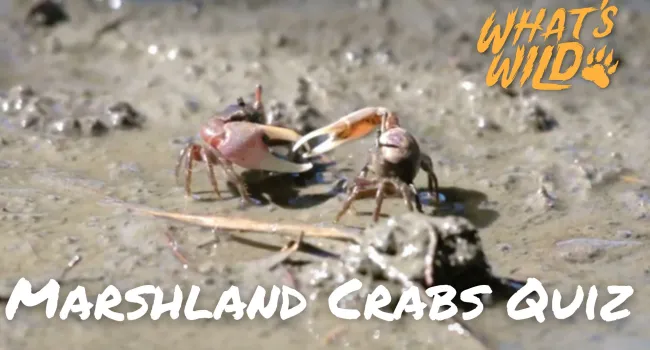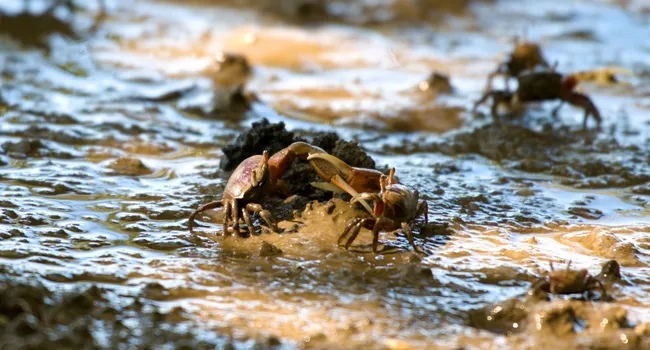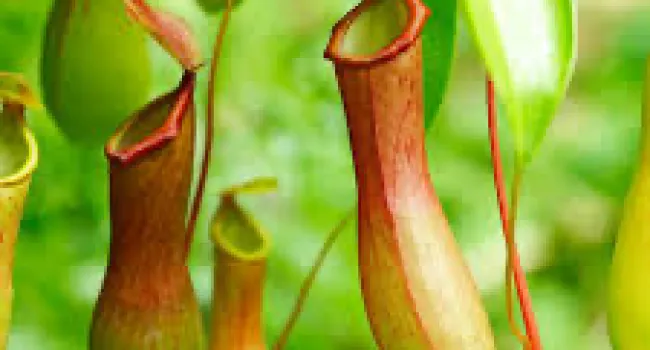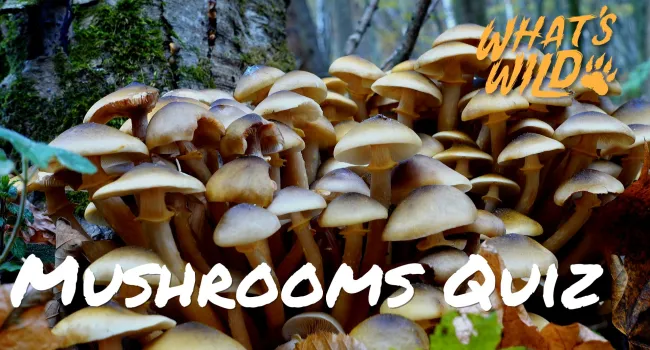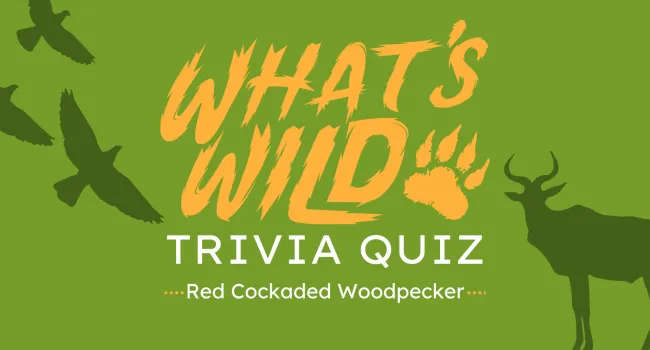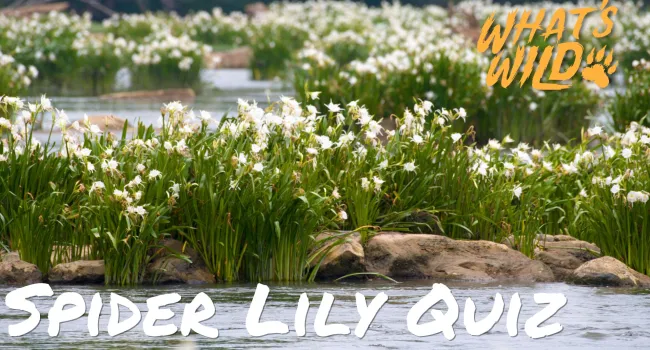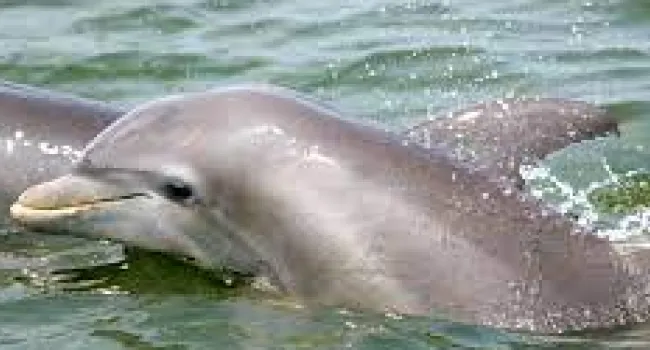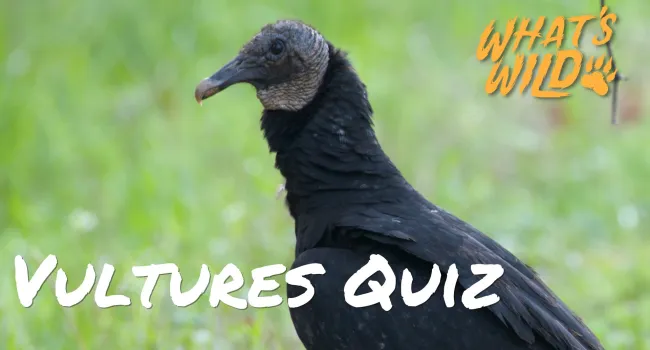In this edition of What's Wild, we're traveling to one of South Carolina's barrier islands and observing rare feeding techniques of resident bottlenose dolphins. Also, we'll be taking a look at Charleston's Lowcountry Marine Mammal network, a non-profit organization and marine mammal first-response team whose mission is to educate the public and inspire children to become future ambassadors of conservation.
Standards
- 1-LS1-1 Use materials to design a solution to a human problem by mimicking how plants and/or animals use their external parts to help them survive, grow, and meet their needs.
- 3-LS2-1 Construct an argument that some animals form groups that help members survive.
- 3-LS3-2 Use evidence to support the explanation that traits can be influenced by the environment.
- 3-LS4-3. Construct an argument with evidence that in a particular habitat some organisms can thrive, struggle to survive, or fail to survive.
- 4-LS1-1. Construct an argument that plants and animals have internal and external structures that function together in a system to support survival, growth, behavior, and reproduction.
- 7-LS2-4 Construct an argument supported by empirical evidence that changes to physical or biological components of an ecosystem affect populations.
- B-LS2-7 Design, evaluate, and refine a solution for reducing the impacts of human activities on biodiversity and ecosystem health.
- B-LS2-8 Evaluate evidence for the role of group behavior on individual and species chances to survive and reproduce.
Resources
You need to be logged in to listen to view this content. Create an account now; it's quick, easy, and free!
Log In to View

